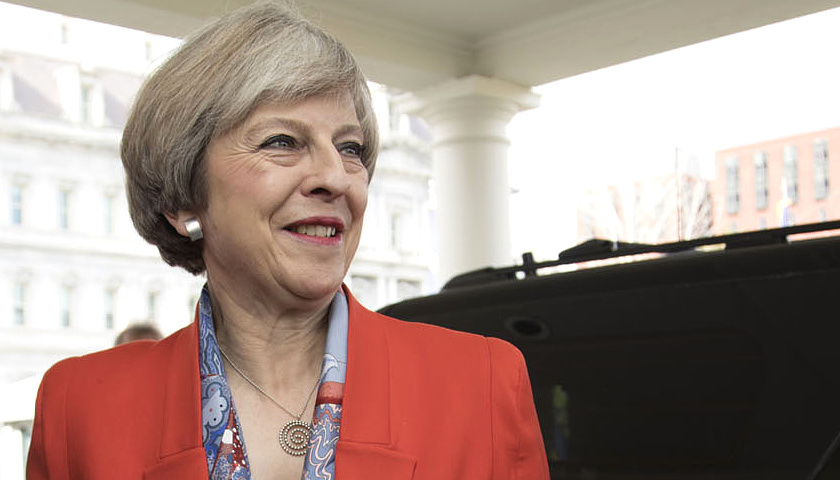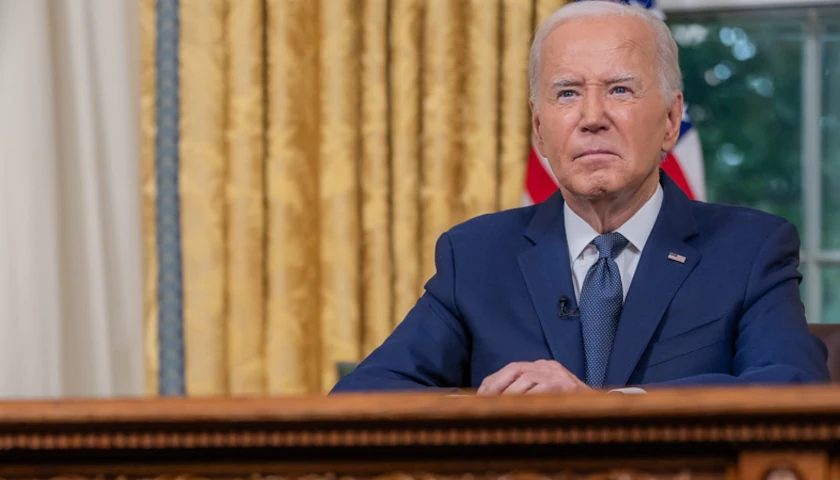After months of Brexit deadlock, this is it: decision time. At least for now.
With Britain scheduled to leave the European Union in less than three weeks, U.K. lawmakers are poised to choose the country’s immediate direction from among three starkly different choices: deal, no deal or delay.
A look at what might happen:
Deal deja vu
The House of Commons has a second vote scheduled Tuesday on a deal laying out the terms of Britain’s orderly departure from the EU. Prime Minister Theresa May and EU officials agreed to the agreement in December, but U.K. lawmakers voted 432-202 in January to reject it. To get it approved by March 29, the day set for Brexit, May needs to persuade 116 of them to change their minds – a tough task.
Opposition to the deal in Parliament centers on a section that is designed to ensure there are no customs checks or border posts between EU member Ireland and the U.K.’s Northern Ireland. Pro-Brexit lawmakers dislike that the border “backstop” keeps the U.K. entwined with EU trade rules. May has been seeking changes to reassure them the situation would be temporary, but the EU refuses to reopen the withdrawal agreement.
Around 100 hard-core Brexit supporters in May’s Conservative Party look set to oppose the deal unless the backstop is altered. To offset them, May has courted the opposition Labour Party with promises of money for urban regeneration.
Oliver Patel, a research associate at the European Institute at University College London, says “it’s highly unlikely the deal will be passed. The big question is, what will the margin be?”
If, against the odds, lawmakers approve the deal, a short delay to Brexit may be needed so Parliament can translate the agreement’s terms into British law. But the U.K. would be on course to leave the EU in the next few months, with a long transition period built in to help people and businesses get used to the new relationship.
May will have delivered on her promise of an orderly Brexit – and snatched an astonishing political victory from the jaws of widely predicted defeat.
Destination no-deal
If the deal is rejected, lawmakers expect to vote Wednesday on whether to abandon efforts to secure an agreement and leave the EU as planned on March 29 without a deal.
That idea is backed by a phalanx of pro-Brexit politicians, who say it would cut Britain free of EU rules and red tape, allowing the country to forge an independent global trade policy.
But economists and businesses fear a so-called “no-deal Brexit” would hammer the economy as tariffs and other trade barriers go up between Britain and the EU, its biggest trading partner.
In the short term, there could be gridlock at British ports and shortages of fresh produce. In the long run, the government says a no-deal scenario would leave the economy 6 percent to 9 percent smaller over 15 years than remaining in the EU.
Last month, Parliament passed a non-binding amendment ruling out a “no-deal” Brexit, so lawmakers are unlikely to go with it now.
Delay, delay, delay
If lawmakers reject leaving the EU without an agreement, they have one choice left: seek more time. A vote scheduled for Thursday would decide whether to ask the EU to delay Britain’s departure by up to three months.
This is likely to pass, since politicians on both sides of the debate fear time is running out to secure an orderly Brexit by March 29.
An extension requires approval from all 27 remaining EU member countries. They will probably agree, possibly at a March 21-22 summit in Brussels. But they are reluctant to grant a delay that stretches past elections for the EU’s legislature, the European Parliament, in late May.
Crisis deferred
Whatever the U.K. Parliament decides, this week will not bring an end to Britain’s Brexit crisis. Both lawmakers and the public remain split between backers of a clean break from the EU and those who favor continuing a close relationship— either through a post-Brexit trade deal or by reversing the decision to leave.
May is unwilling to abandon her hard-won Brexit agreement and might try to put it to Parliament a third time, especially if she loses by a small margin on Tuesday. But some lawmakers want her to have Parliament consider different forms of Brexit to see if there is a majority for any course of action.
Maddy Thimont-Jack, a researcher at the Institute for Government think tank, said this week’s votes could force the famously stubborn May to compromise.
“If she loses the vote by quite a significant margin again, it really suggests that what she has done is just not going to fly,” Thimont-Jack said. “In which case she will be under a lot of pressure to follow what Parliament wants.”
Some think the only way forward is a snap election that could rearrange the forces in Parliament and break the political deadlock. May has ruled that out, but could come to see it as her only option.
And anti-Brexit campaigners haven’t abandoned efforts to secure a new referendum on whether to remain in the EU. The government opposes the idea, which at the moment also lacks majority support in Parliament.
But that could change if the political paralysis drags on. The Labour Party has said it would support a second referendum if other options were exhausted.
It all means more twists are coming in the Brexit drama.
“No one really believes this is the last chance saloon,” Patel said.





